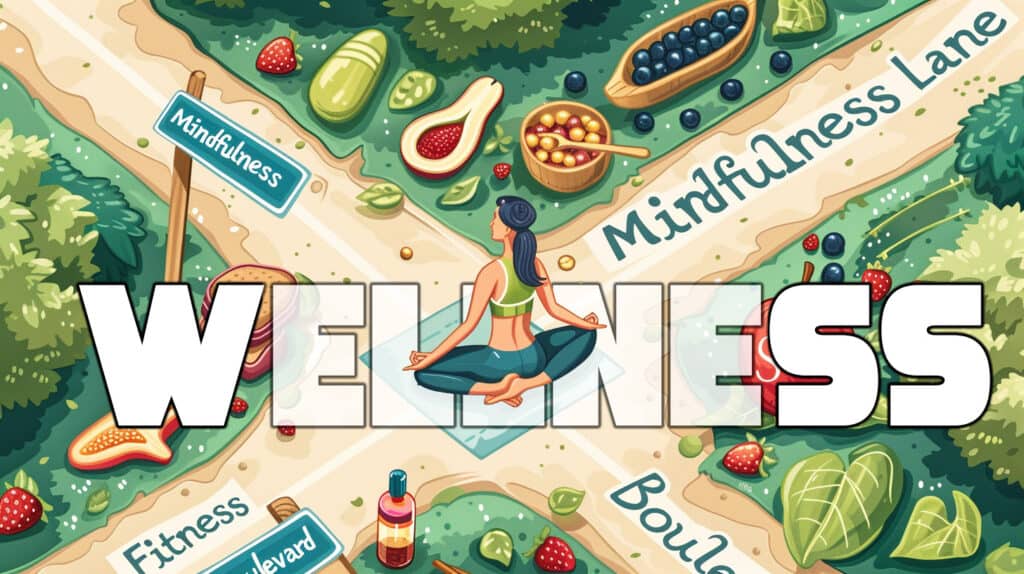
Do you know how many calories you need daily? Understanding calorie intake is essential for managing weight and overall health. Many people struggle with counting calories accurately, which can lead to weight gain, fatigue, or poor nutrition.
In this article, we explore 9 must-know facts about calorie counting, including BMI (Body Mass Index), BMR (Basal Metabolic Rate), and daily calorie needs.
By the end, you’ll have the tools to track your calories confidently and achieve your health goals.
Let’s get started!
- 1. Understanding Calories
- 2. Understanding BMI
- 3. How to Measure Daily Calorie Needs
- 4. How to Count Calories Accurately
- 5. Calories for Weight Goals
- 6. Calories per Gram of Macronutrients
- 7. Calories in Common Products
- 8. Adjusting for Activity Level
- 9. Common Mistakes to Avoid When Counting Calories
- How to Count Calories? A Recap
1. Understanding Calories
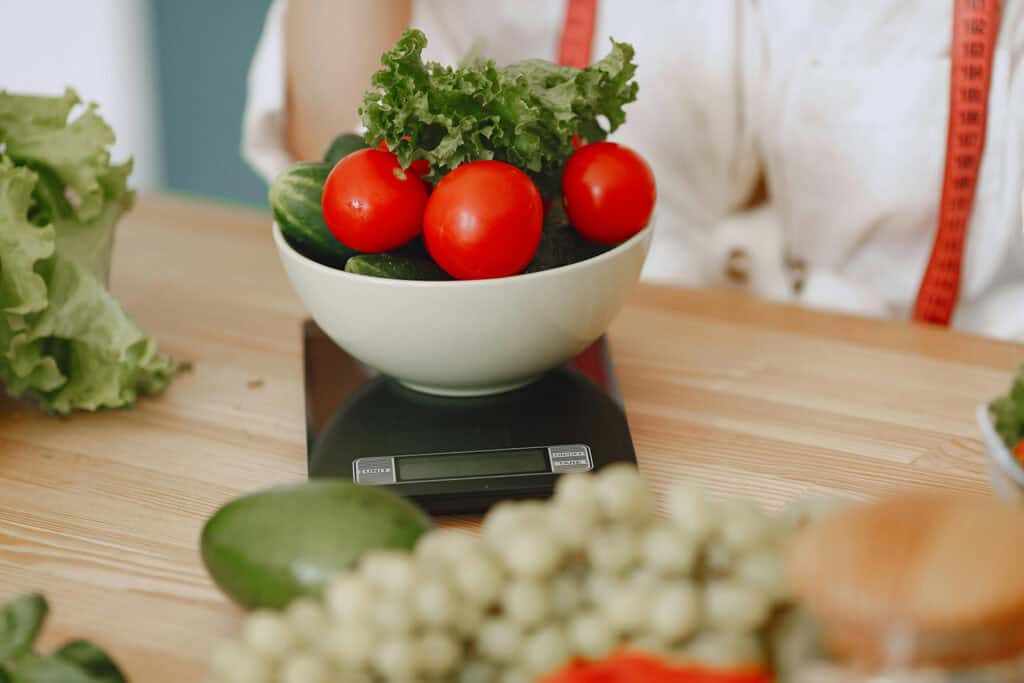
Calories are units of energy and wellness. Our bodies need them to function. Eating too many calories leads to weight gain. Eating too few can cause fatigue and muscle loss. Finding the right balance is key.
See also What Are the Rules of a Fasting Diet? 20 Tips for Better Health
2. Understanding BMI
BMI (Body Mass Index) measures body fat based on height and weight. It helps determine a healthy weight range.
To calculate BMI:
- Formula: Weight (kg) / Height (m^2)
- Example: A person who weighs 70 kg and is 1.75 m tall has a BMI of 22.9.
A BMI between 18.5 and 24.9 is considered healthy. Below 18.5 is underweight, and above 24.9 is overweight. Knowing BMI helps estimate calorie needs.
3. How to Measure Daily Calorie Needs
Caloric needs depend on age, weight, height, gender, and activity level. A common method to calculate daily calories is the Basal Metabolic Rate (BMR).
For men: BMR = 10 × weight (kg) + 6.25 × height (cm) – 5 × age (years) + 5
For women: BMR = 10 × weight (kg) + 6.25 × height (cm) – 5 × age (years) – 161
To maintain weight, multiply BMR by activity level:
- Sedentary (little exercise) = BMR × 1.2
- Lightly active (1-3 days of exercise) = BMR × 1.375
- Moderately active (3-5 days of exercise) = BMR × 1.55
- Very active (6-7 days of exercise) = BMR × 1.725
- Super active (athlete-level exercise) = BMR × 1.9
4. How to Count Calories Accurately
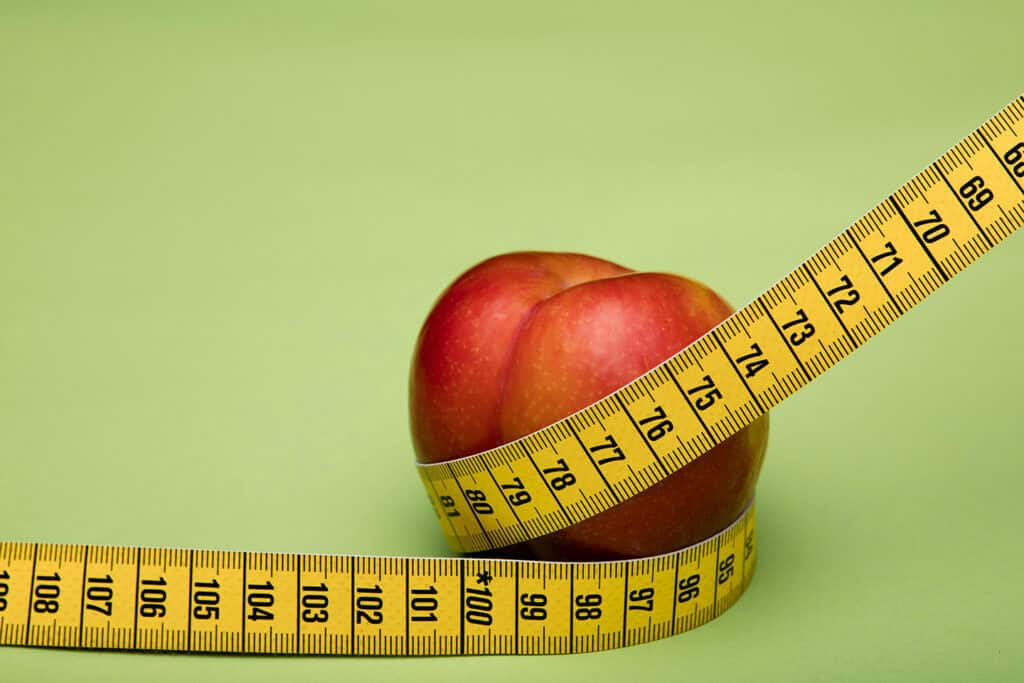
- Read Food Labels Check serving sizes and calories per serving. Measure portions to avoid overeating.
- Use a Food Scale Weighing food ensures accurate calorie counting. Eyeballing portions can lead to mistakes.
- Use Calorie Tracking Apps Apps like MyFitnessPal or Cronometer help log daily intake. They provide a large food database with calorie information.
- Be Aware of Hidden Calories Sauces, dressings, and drinks contain extra calories. Measuring ingredients helps prevent overconsumption.
- Plan Meals in Advance Preparing meals ahead of time helps control calorie intake. Meal planning prevents last-minute unhealthy choices.
- Track Drinks Too Sodas, juices, and alcohol add calories quickly. Water, herbal tea, or black coffee are better low-calorie options.
- Account for Cooking Methods Fried and heavily processed foods have more calories. Baking, grilling, or steaming is healthier.
5. Calories for Weight Goals
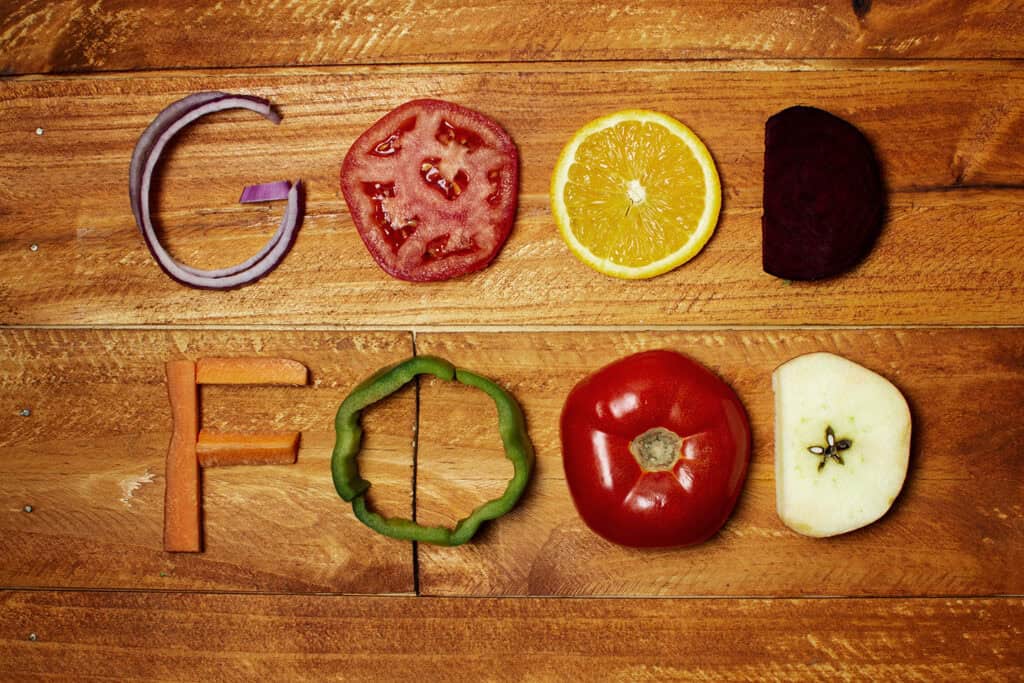
- To lose weight: Reduce daily intake by 500-750 calories.
- To maintain weight: Match intake with expenditure.
- To gain weight: Increase intake by 300-500 calories.
See also 7-Day Meal Plan for a Low Potassium Diet: Healthy and Delicious Options
6. Calories per Gram of Macronutrients
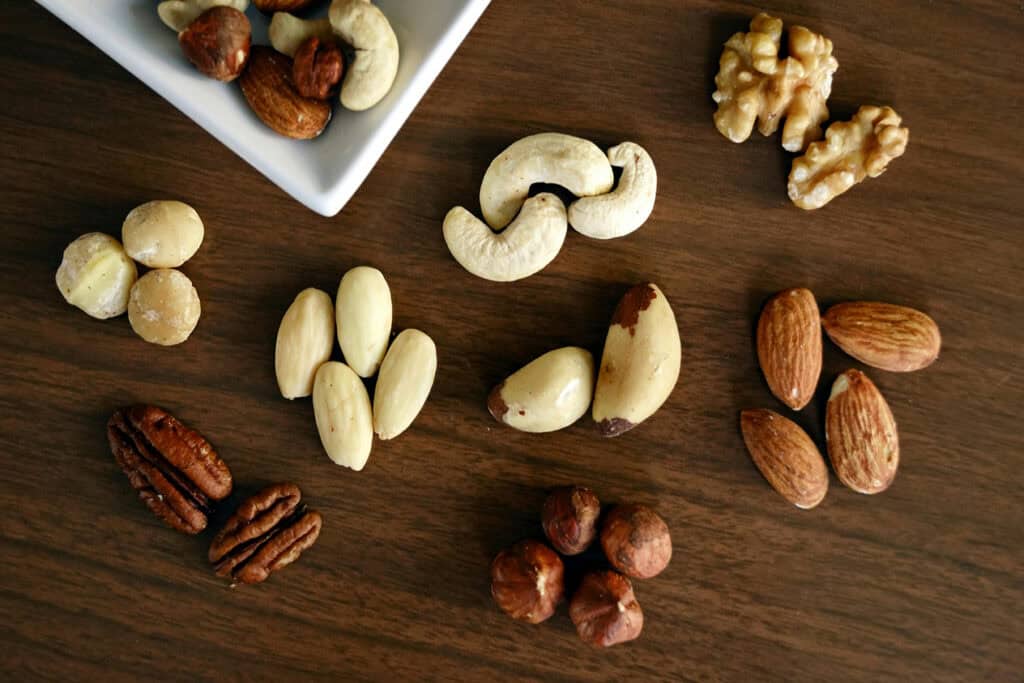
- Carbohydrates: 4 calories per gram
- Proteins: 4 calories per gram
- Fats: 9 calories per gram
- Alcohol: 7 calories per gram
7. Calories in Common Products
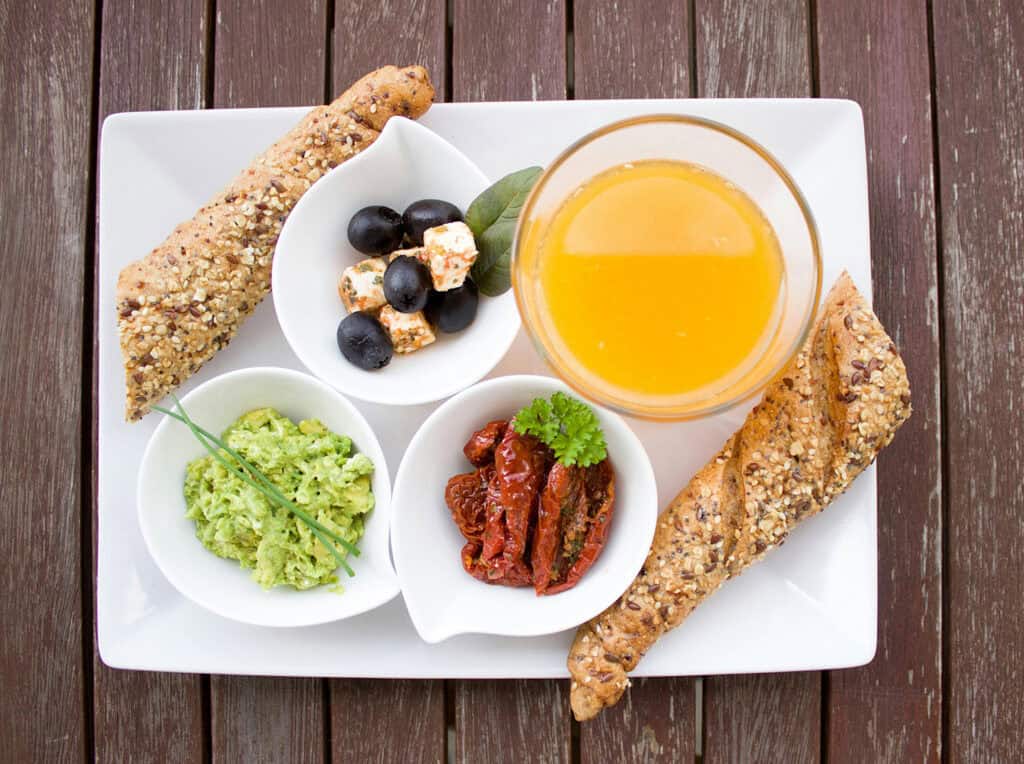
- Milk (1 cup, whole): 150 calories
- Egg (1 large): 70 calories
- Cheese (1 oz, cheddar): 110 calories
- Chicken breast (3 oz, cooked): 165 calories
- Beef steak (3 oz, cooked): 250 calories
- Salmon (3 oz, cooked): 180 calories
- Almonds (1 oz, about 23 nuts): 160 calories
- Peanut Butter (1 tbsp): 95 calories
- Olive oil (1 tbsp): 120 calories
- White rice (1 cup, cooked): 200 calories
- Brown rice (1 cup, cooked): 215 calories
- Bread (1 slice, whole wheat): 80 calories
- Pasta (1 cup, cooked): 220 calories
- Apple (1 medium): 95 calories
- Banana (1 medium): 105 calories
- Orange (1 medium): 60 calories
- Potato (1 medium, baked): 160 calories
- Soda (1 can, 12 oz): 150 calories
- Chocolate (1 oz, dark): 170 calories
- Vegetables: 30-50 calories per cup
- Fruits: 50-100 calories per serving
- Proteins (chicken, fish, tofu): 100-200 calories per serving
- Carbs (rice, pasta, bread): 150-250 calories per serving
- Fats (nuts, oils, butter): 100-200 calories per tablespoon
8. Adjusting for Activity Level

Exercise burns calories and affects daily needs. Walking, running, swimming, and strength training all increase calorie use. A fitness tracker helps monitor burned calories.
(Calories burned per hour based on a person weighing around 155 lbs / 70 kg. Individual results may vary.)
- Walking (3.5 mph / 5.6 kmh) – Calories Burned: 280-300
- A moderate-paced walk is great for daily movement and calorie burning.
- Running (6 mph / 9.6 kmh) – Calories Burned: 600-700
- A high-intensity cardio workout that improves endurance and burns fat.
- Cycling (12-14 mph / 19-22 kmh) – Calories Burned: 600-700
- Strengthens leg muscles and boosts cardiovascular fitness.
- Swimming (Moderate Pace) – Calories Burned: 400-500
- A full-body workout that improves strength and endurance.
- Jump Rope (Moderate Pace) – Calories Burned: 700-900
- A high-intensity cardio exercise that burns a lot of calories quickly.
- Strength Training (Weightlifting, Moderate Effort) – Calories Burned: 250-350
- Helps build muscle, which increases metabolism over time.
- Dancing (Zumba, Hip-Hop, Aerobic Style) – Calories Burned: 400-600
- A fun and engaging way to burn calories while improving flexibility.
- Hiking (With Light Backpack) – Calories Burned: 400-500
- A mix of cardio and strength that engages multiple muscle groups.
- Yoga (Vinyasa or Power Yoga) – Calories Burned: 250-350
- Improves flexibility, balance, and mental relaxation while burning calories.
- Housework (Vacuuming, Cleaning, Mopping) – Calories Burned: 200-300
9. Common Mistakes to Avoid When Counting Calories
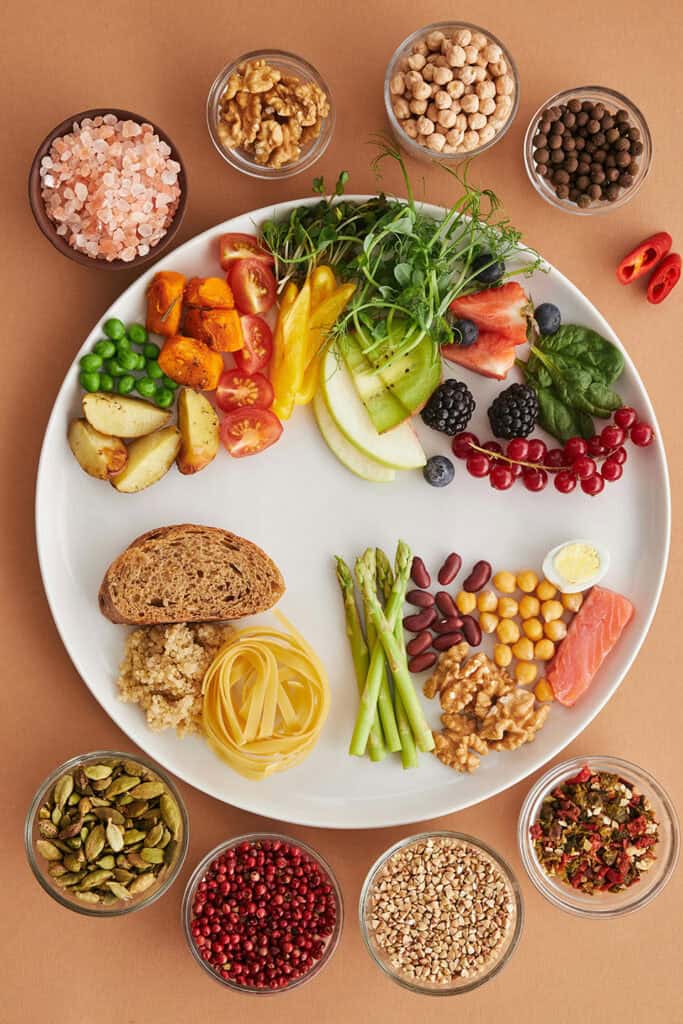
Counting calories can be an effective way to manage weight, but common mistakes can reduce accuracy. Being mindful of these pitfalls helps ensure calorie counting remains a useful and reliable tool.
- Guessing Portion Sizes – Measuring food instead of estimating ensures accuracy.
- Ignoring Liquid Calories – Drinks like soda, coffee, and juice add extra calories.
- Forgetting to Log Snacks – Small bites throughout the day can add up.
- Not Tracking Cooking Oils – Oils and butter used in cooking contain hidden calories.
- Relying Too Much on Packaged Labels – Some labels underestimate calorie content.
- Skipping Macronutrient Balance – Calories alone aren’t enough; balance proteins, carbs, and fats.
- Overestimating Exercise Calories Burned – Many fitness trackers exaggerate calorie burn.
- Not Considering Metabolism Changes – Age, muscle mass, and health conditions affect calorie needs.
- Ignoring Stress and Sleep Impact – Poor sleep and stress can slow metabolism and affect hunger.
- Being Too Restrictive – Extreme calorie-cutting can lead to binge eating and slow metabolism.
See also Why Is Diet Important? 8 Key Benefits for a Healthier You
How to Count Calories? A Recap
Counting calories is a great way to manage weight and make healthier choices. Start by tracking your daily calorie intake using a calorie counter or food diary. Read nutrition labels carefully to avoid high-calorie foods and choose a good diet plan.
Reducing unhealthy foods and following a no sugar diet can help with weight loss. Understanding how many calories you need daily is key to reaching your goals. Watching portion sizes prevents overeating, and adding physical activity supports weight management.
A personal trainer can guide you in balancing calorie intake with exercise. By staying mindful and consistent, you can successfully lose weight and improve overall health. Small changes lead to big results over time.

